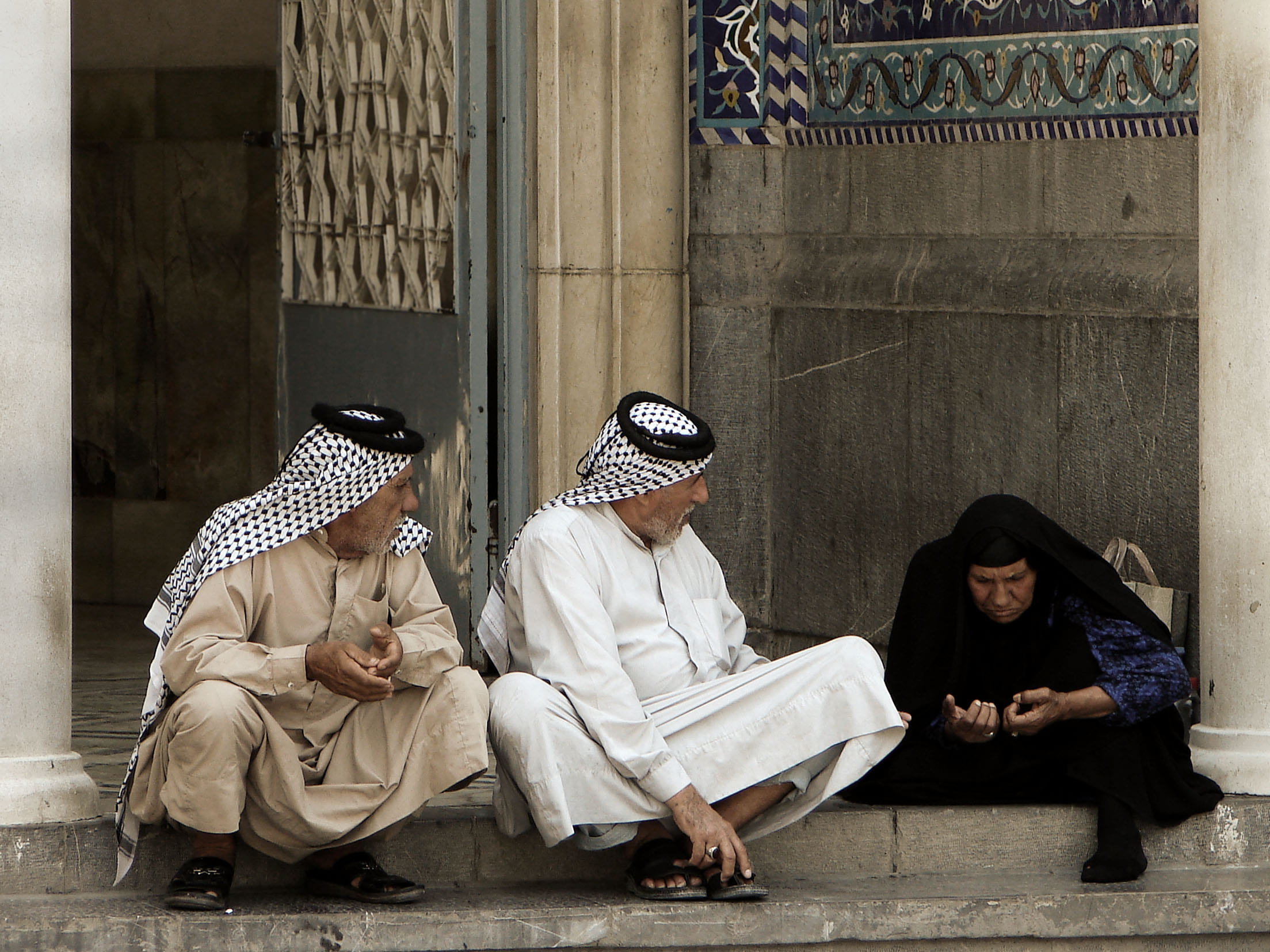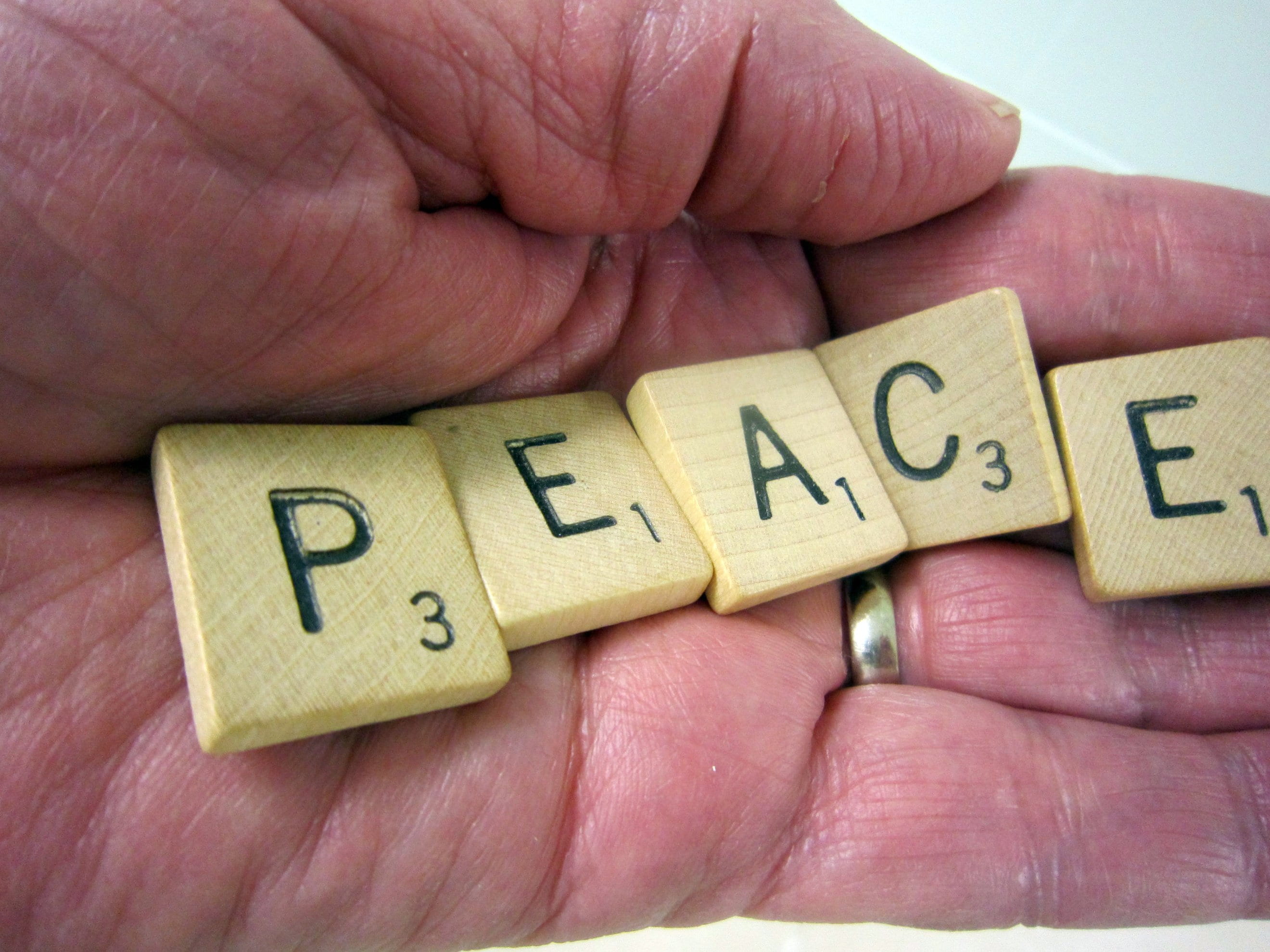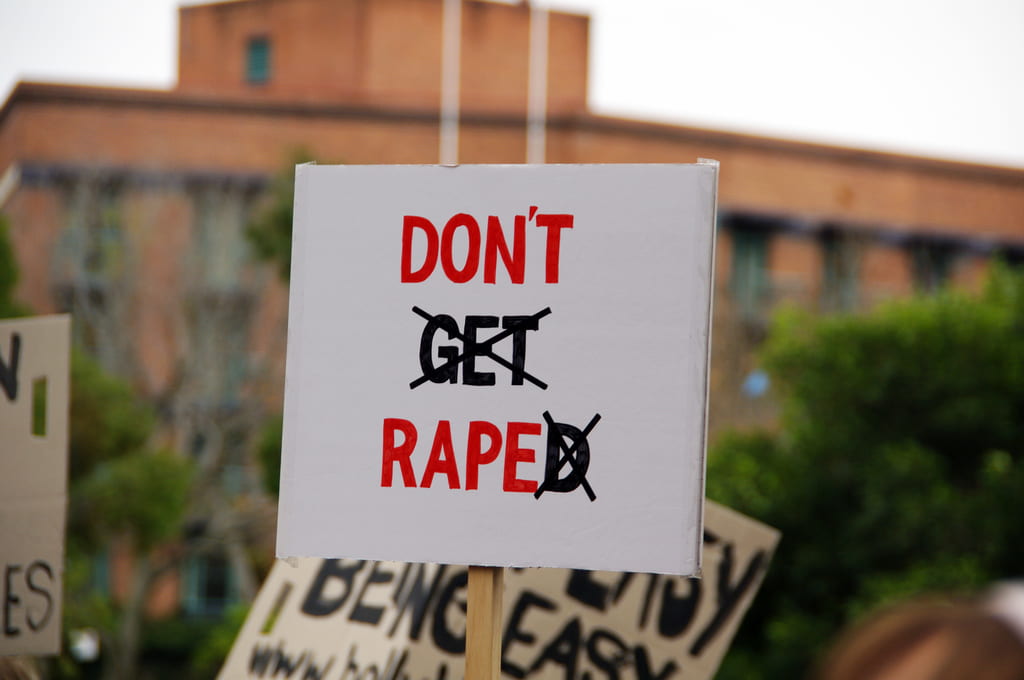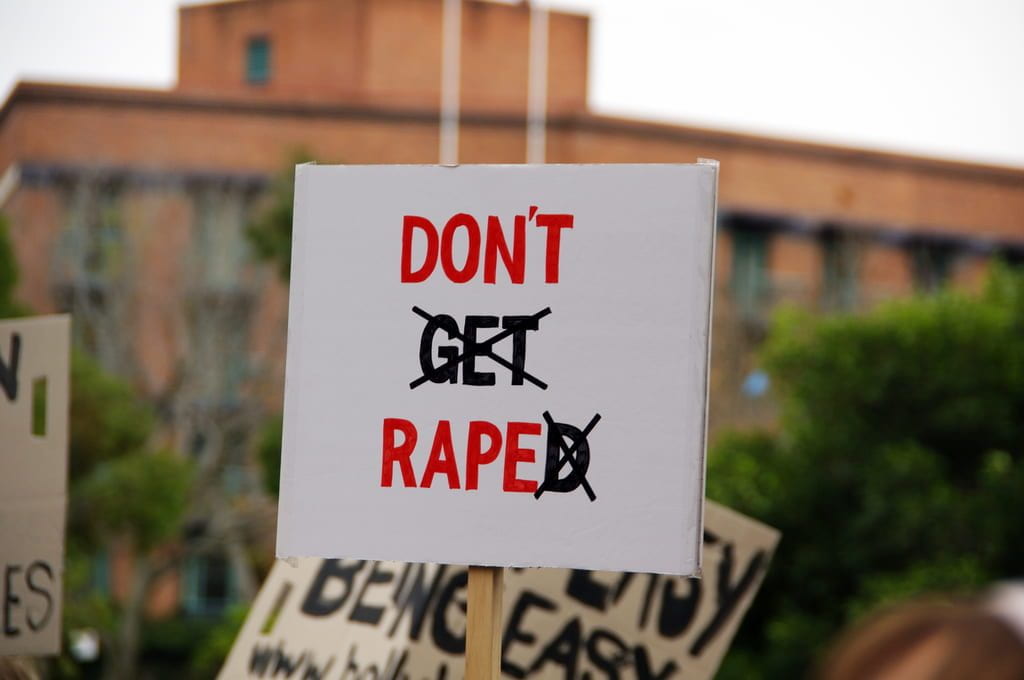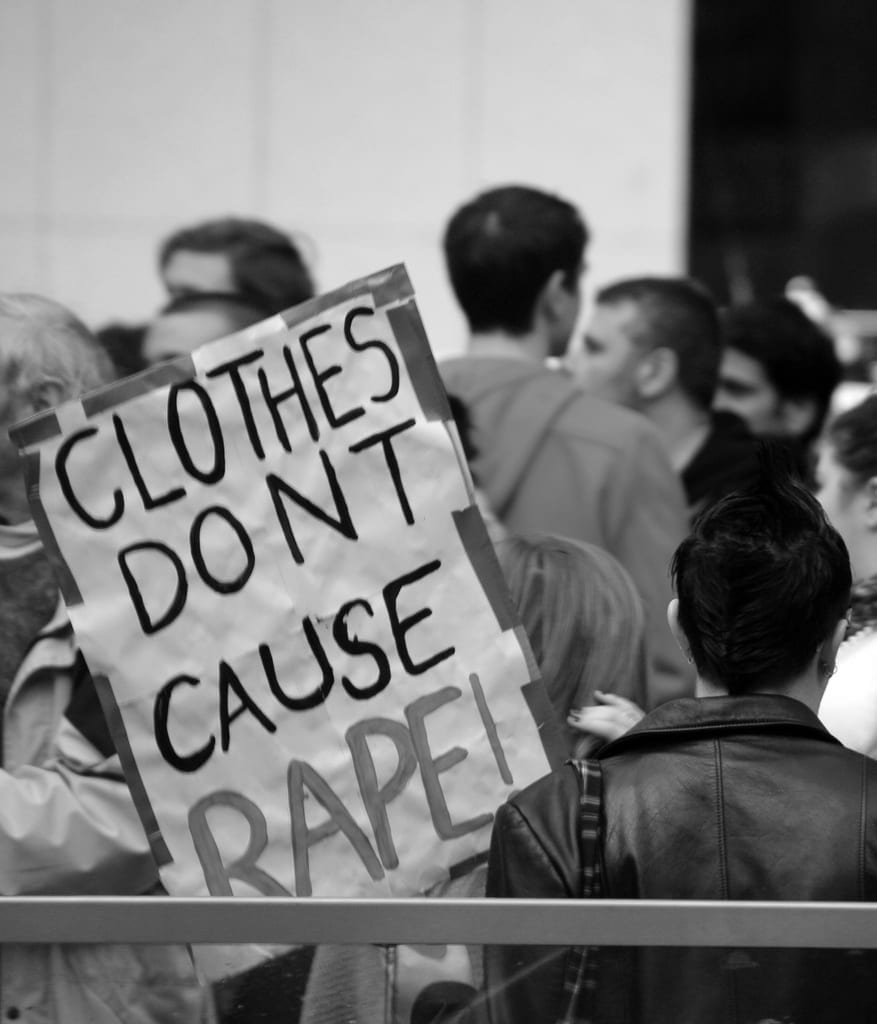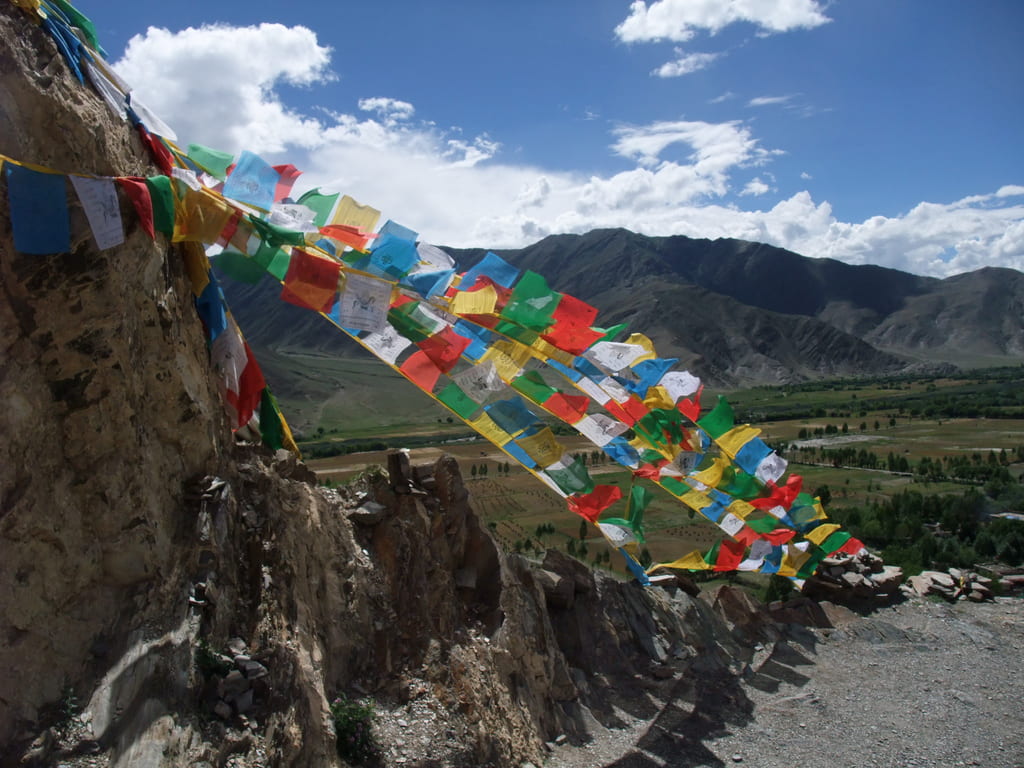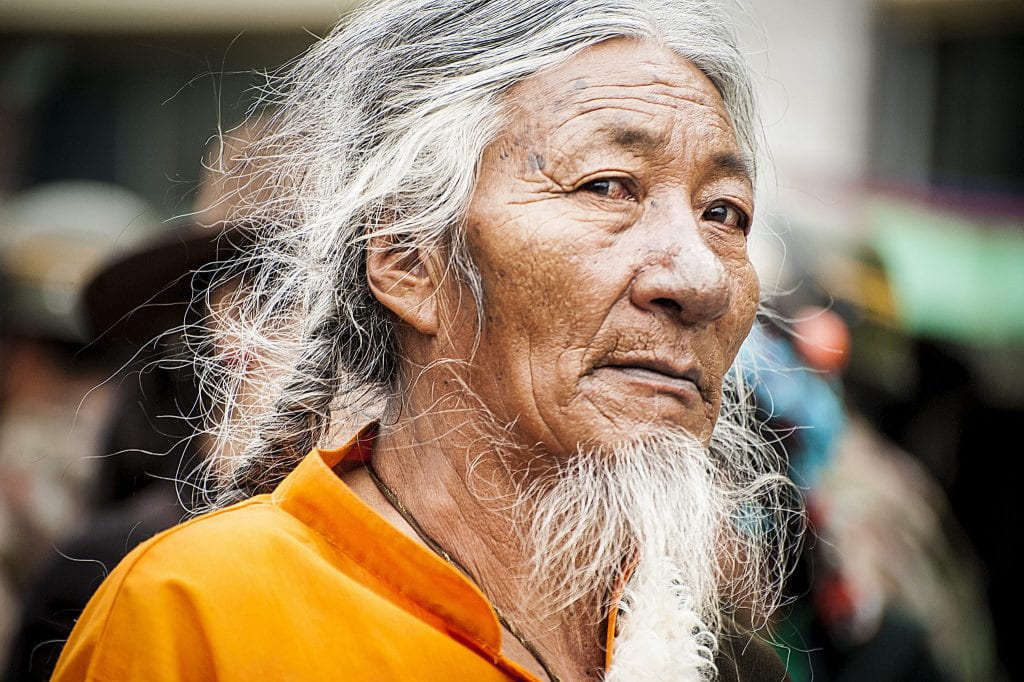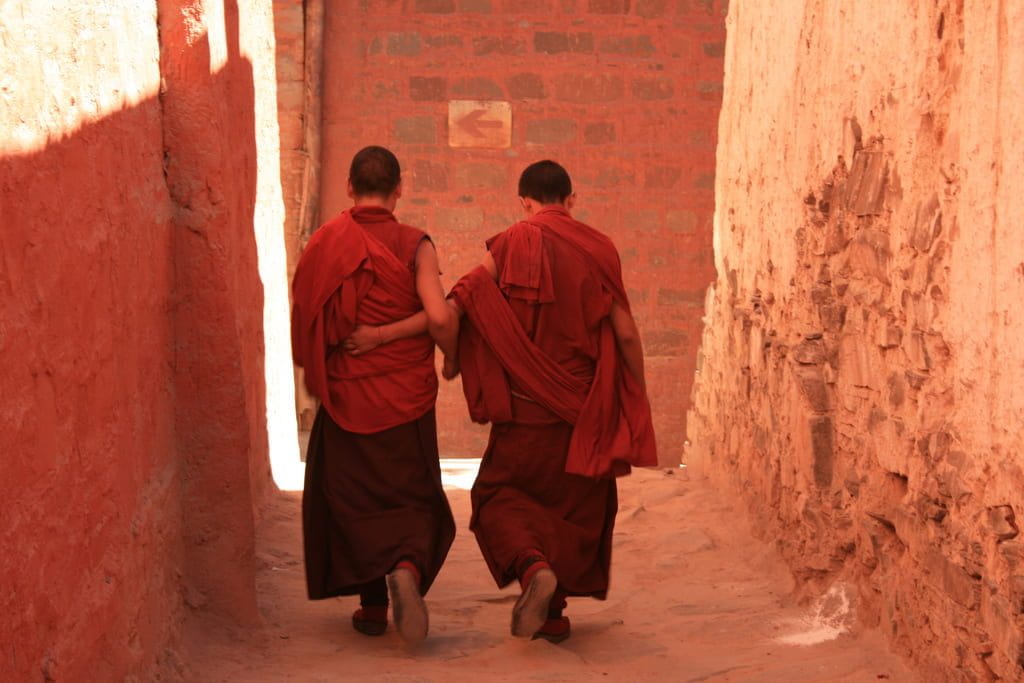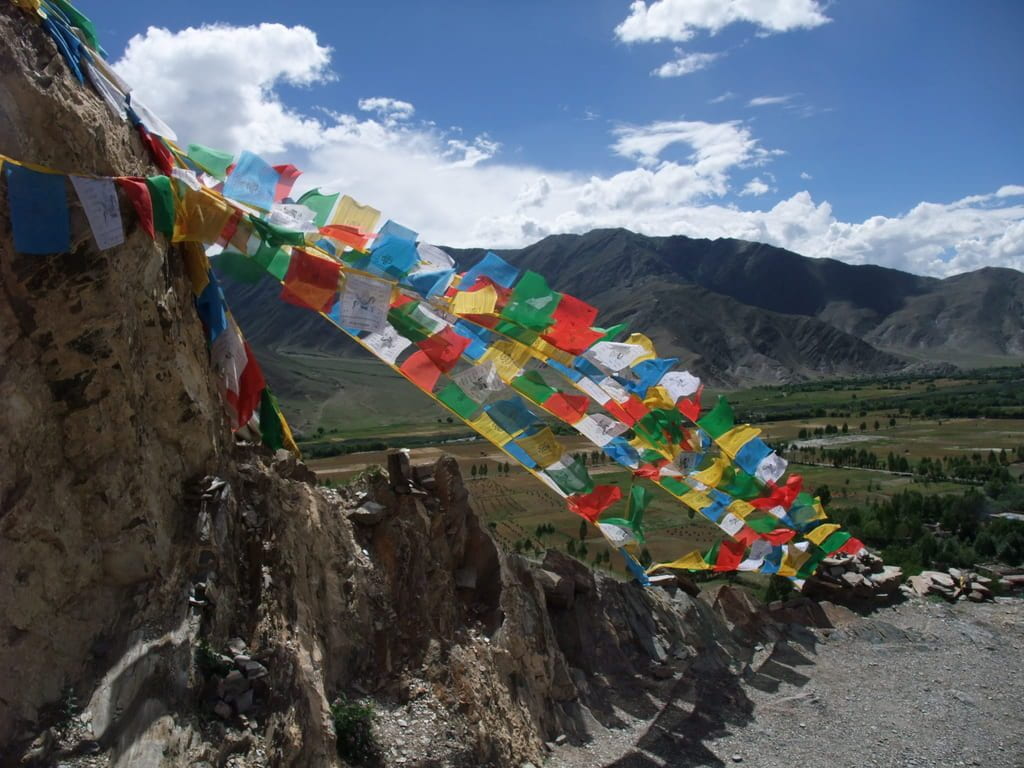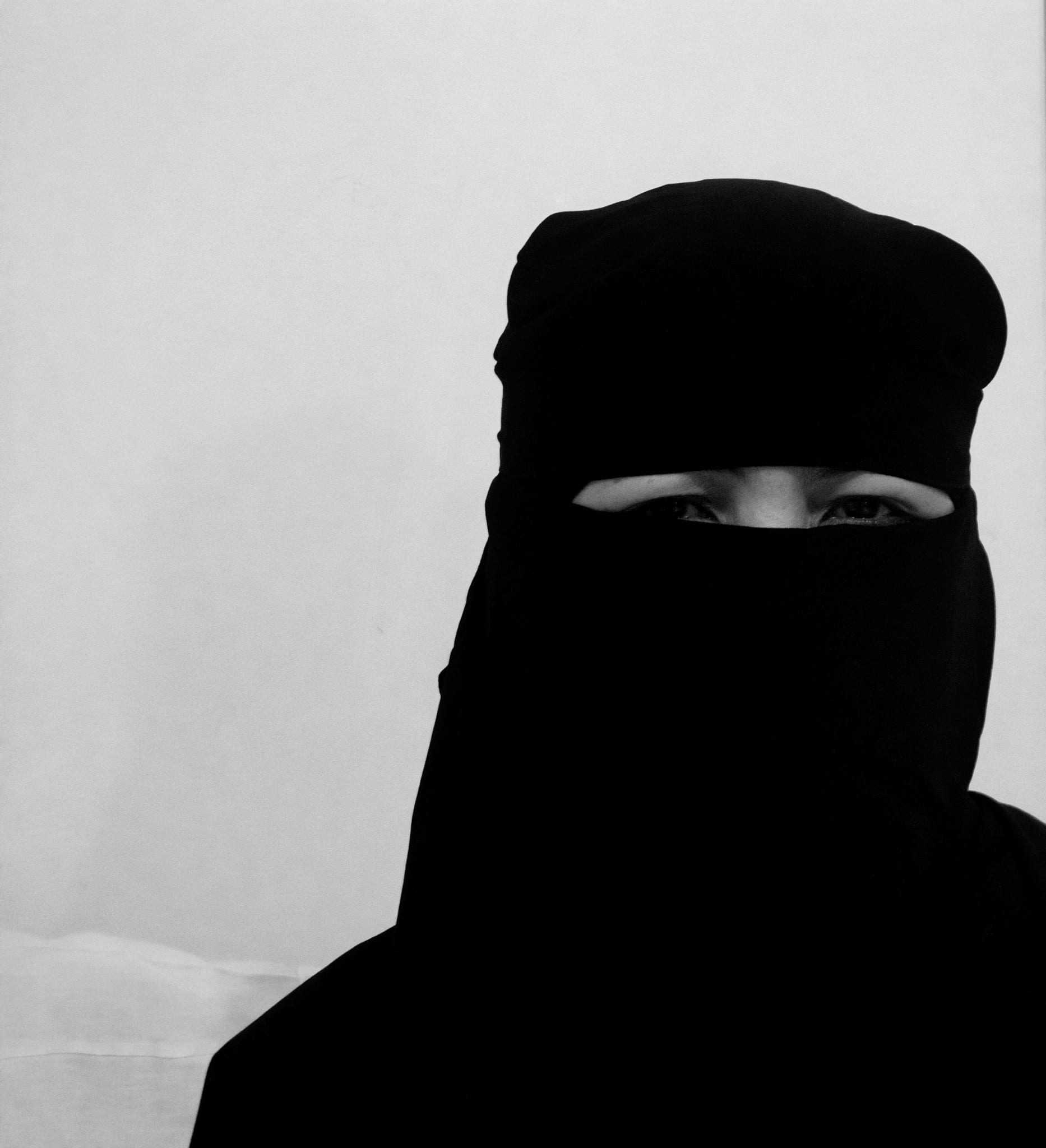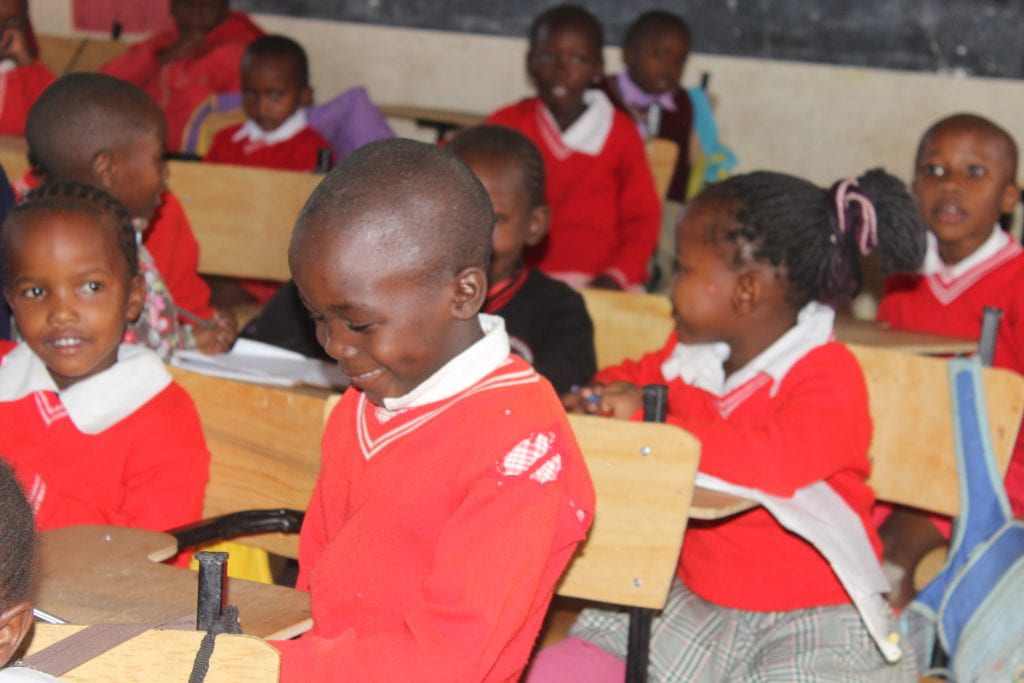“Instead of approaching problems with humility, we approach them with hubris”, began Dr. James “Jim” Zogby, founder and president of the Arab American Institute. When it comes to the Arab world, Zogby proclaimed, the hubris characteristic of American foreign policy and subsequent ‘humanitarian’ intervention blinds us to the goals and fears of the Middle East / North Africa (MENA) region. Zogby’s prescription for hubris is simple: “Listening”.

Dr. James Zogby addressed the UAB and Birmingham community on Tuesday, November 14th at UAB’s Alumni House. His lecture, titled “What We Don’t Know (But Need to Know) About the Arab World Today”, drew on his personal and professional experiences in diverse capacities in the US and in the Arab worlds alike. Notable roles Zogby has played include: political researcher / pollster in the MENA region, collegiate instructor of social research and public policy, professional advocate for human rights for Arabs, advisor for multiple US presidential candidates, and a member on the US Council on Foreign Relations. Beyond his professional accomplishments, Zogby is also the son of an immigrant from Lebanon. His ties to the Arab world are professional, personal, and deeply profound.
Zogby’s theme throughout his address was the pressing need to see the Arab world not as an abstract concept but as an area of the world that represents people with their own culture, political ideas, religious beliefs, and social and economic concerns. Americans must understand the Arab world is comprised of people sharing universal human concerns: worries related to their employment, their children’s future, and healthcare. By imagining the Arab world as a world separate from our own, we dehumanize Arabs and detach them from the shared human experience. This dehumanization can and does have grave consequences.
The War in Iraq, according to Zogby was a colossal mistake that “made enemies out of people that could otherwise be our friends – because we don’t understand Arabs”. An example, says Zogby, is the Bush’s Administration’s claim the US would be ‘greeted as liberators’. Zogby’s extensive polling in the MENA region asked Arabs what they felt about the invasion and how these feelings impacted their view of America. Many Arabs he polled viewed the foreign troops as occupiers, not liberators, and thus Arab support for US foreign policies (not just concerning the MENA region) plummeted. However, Zogby qualified, this resentment towards U.S. policy must not be conflated with a resentment towards American ideals. Ideals such as democracy, freedom, and equality are supported by Arabs. It is the execution and implementation of these ideals, Zogby stated in his address, that forced the wedge between the US and the Arab world. This wedge exists today. And the distance it created is widening still.
Without sincerely listening to the stories of another, we risk of imposing our own beliefs and goals on the other. That’s why Zogby prescribes listening to and studying the Arab world as the first step to overcoming the gap between the Arab and the Western world. How do we do this? Zogby detailed an old habit of his, whenever he travels abroad. The first thing he does when arriving in a new locale is to buy up several local newspapers to read during his stay. The big stories, the international and national topics, Zogby says, anyone can learn about in the big-name newspapers and publications, even in publications abroad. But what of the smaller stories? The local and personal experiences tangibly impacting the lives of locals in their respective communities? These are the stories that reflect what’s actually on people’s minds in their day-to-day lived. It’s these small stories, Zogby explains, that help us understand the subjective, though in many ways universal, experiences of people we would otherwise have no access to. After buying and reading the local newspapers, Zogby talks with the people he meets on his journeys. Taking the time to immerse yourself in the minutiae of a new community, not just abstract geopolitical conflicts, offers insight and builds empathy. Without cultural empathy and the understanding that follows, Americans (or any people for that matter) cannot hope to speak or act on behalf any other people – including Arabs.

Another barrier to understanding Arabs, Zogby posits, is American culture. Some aspects of American culture perpetuate damaging stereotypes concerning Arabs and correlate the whole of the Arab world with ignorance, violence, and anti-Western ideals. This abject dismissal of Arab culture as worthy of understanding in its own right begins with the American public education system and is reinforced through the media and political apparatuses the American public later consumes as adults. Zogby recalls his American grade school social studies classes as a child, remembering the brief entry on Arab history and culture in relation to the rest of the world. This entry summarized Arab culture as a Sheik sitting on a camel in front of the pyramids. This has particular emotional salience for him; again, Zogby is the son of Lebanese immigrants. The Arab entry, he recalled, lacked any mention of the history-altering contributions offered by the Arab people; these include the Arabic language, scientific discoveries, Islam, and architecture.
The American education system imprints foundational appraisals of other cultures onto American children; the erasure of the Arab world and its historical significance only serves to minimize the experiences of Arabs to American children. In Zogby’s case, as is the case for millions of other American children, Arab dehumanization is done to Arab American children about their own culture and heritage. Another factor impacting the dehumanization of Arabs is the prevalence of the American media industry to hyper-focus on political and religious violence of the MENA region without mention of the prosocial peacemaking attempts undertaken by many Muslim organizations and Arab governments. “Terrorists make the news”, Zogby claims, “Arab doctors don’t. We look for what’s shocking. The vast majority of Arabs who live in peace simply aren’t shocking, and they certainly aren’t good for ratings.” This mischaracterization is further emboldened by the American political system. A shocking anti-Muslim and anti-Arab bias permeates many American politicians and their policy agendas. This bias, if unchecked, will further demonize not only Arabs within the Arab world but also Americans descended from Arab cultures as well. This cultural bias against Arabs affects not only Americans living within the system, but also Arabs living without the system. Anti-Arab, anti-Muslim, and anti-immigration American policies and norms are used to inspire Arabs (and other global citizens) to unfairly characterize the US as well. Willful ignorance of the lives of Arabs threatens not only American ideals of freedom and equality, but it also threatens US national security. It is America’s moral obligation to herself and her global neighbors to reverse course and listen to Arab voices. By listening, we hear their stories, their needs, and their fears. By listening, arbitrary and damaging cultural boundaries are rendered meaningless.
Zogby’s life’s work is defined by his role as a boundary-crosser. Although a practicing Catholic, Zogby holds a PhD in Islamic Studies from Temple University. The son of Lebanese immigrants, Zogby dove early and deeply into the world of American politics. His professional and personal identities reject the notion of boundaries. This seems to be Zogby’s mantra and fundamental guidance for his work – to overcome the boundaries dividing humanity and to take a deep look at ourselves and how we approach intercultural communication and bridge-building. Zogby has certainly listened to the Arab world. America must follow suit.
